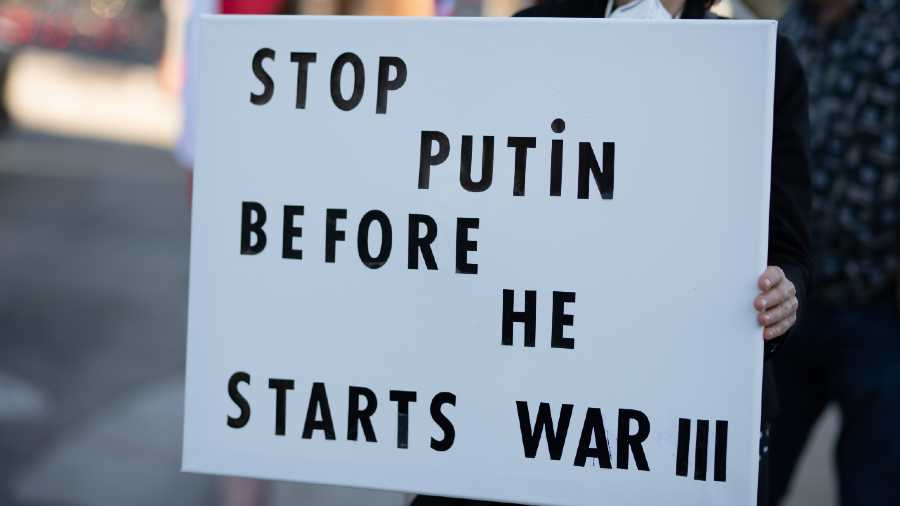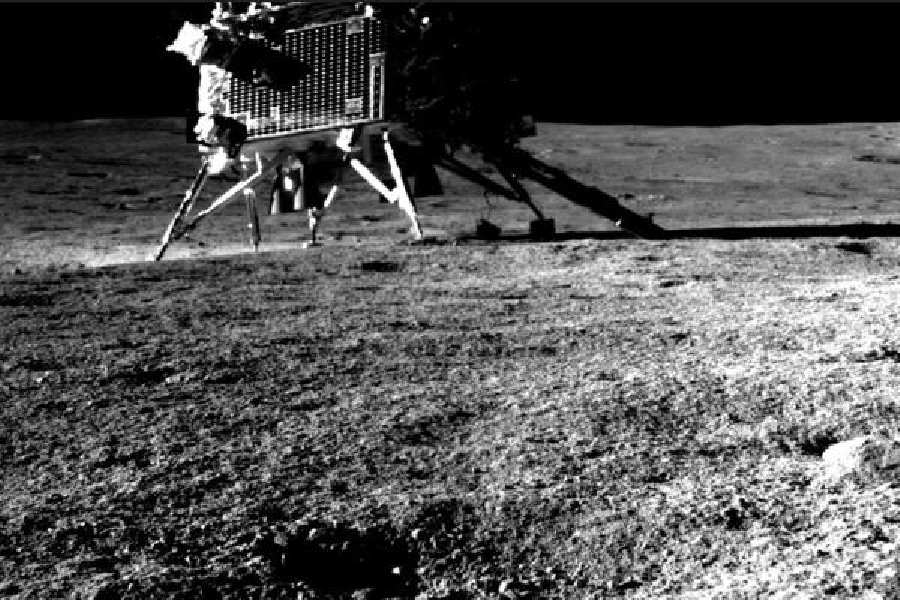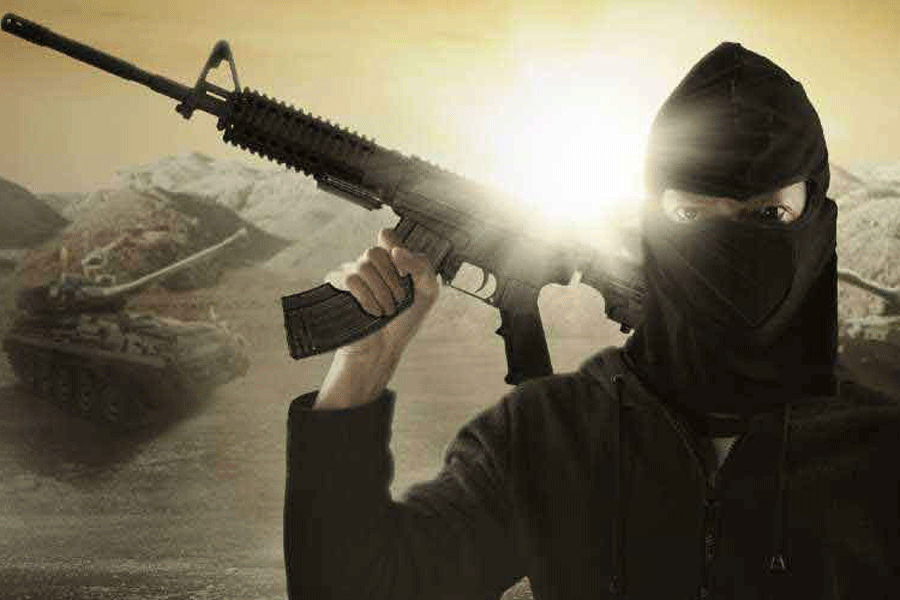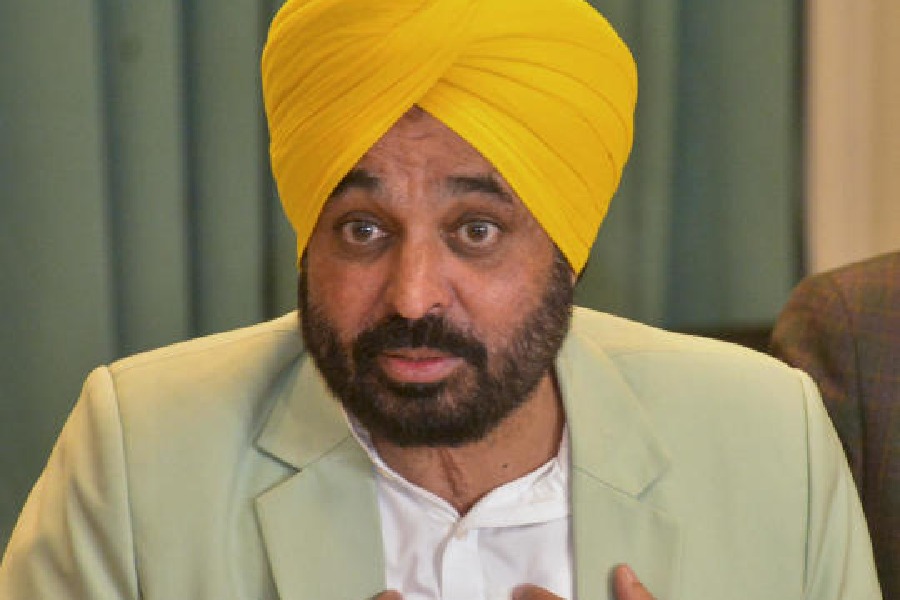What is the state of the fighting?
Ukrainians had hoped for months that the forecasts of an invasion from Russia, a nation with which they share much history and culture, could not be true. But on Thursday they awoke to its dire reality.
Long lines of cars moved out of Kiev, many heading west in hopes of finding sanctuary in one of the few parts of the country not ringed with Russian forces. In other places people sought protection in subway stations and bomb shelters as air raid sirens sounded out.
Russian missiles hit the cities of Dnipro and Kharkiv. Explosions were reported in Kiev, including at the capital’s airport. Russia said its forces had disabled all of Ukraine’s air defences and air bases, while Ukraine’s military said it had shot down five Russian planes and one helicopter.
Shelling and missile strikes were reported across Ukraine as Russia launched an invasion from land and sea.
In the east, Russian-backed separatists launched attacks in the breakaway regions of Luhansk and Donetsk, which they claim but only partly control, Russian state media reported.
Ukraine’s government said Russian troops also attacked from Belarus to the north, where they had been deployed for military exercises that the US had said were possible cover for building an invasion force to assault Kiev. The troops hit border checkpoints with artillery, heavy equipment and small arms.
In the south, Russian troops landed in Odessa on the Black Sea, according to Ukrainian officials.
Why did Russia invade?
Putin has long sought to assert some control over his neighbour, which was once part of the Russian empire and the Soviet Union. He has expressed a sense of humiliation at the collapse of the Soviet Union and grievance at how the West filled the void.
Nato, the military alliance that includes the US and European powers, has added members in central and eastern Europe that had once been Soviet states or part of its sphere of influence, including Hungary, Poland, Estonia, Latvia, Lithuania and the Czech Republic.
In 2008, Nato said Ukraine and Georgia, both former Soviet states, could also join. For Putin, that crossed a red line.
In 2014, after Ukraine’s pro-Russian President was ousted in giant street protests, Putin moved to annexe Crimea. He also supported separatist forces that control parts of the eastern regions of Luhansk and Donetsk.
Even the remote prospect of Ukraine joining Nato has infuriated Putin, who calls it a threat to Russian security.
What led to this point?
Starting last autumn, Russia began to mass troops along its border with Ukraine and in Belarus, an aligned former Soviet state. The deployments were described as training exercises, but the force continued to expand to as many as 190,000 troops. The US and its allies warned that Putin appeared set to invade, often citing intelligence that would have traditionally remained secret.
Russia repeatedly dismissed those assertions. “Wars in Europe rarely start on a Wednesday,” Vladimir Chizhov, Russia’s ambassador to the EU, said last week.
But on Monday Putin said he would recognise the so-called Donetsk and Luhansk People’s Republics and directed the Russian military to deploy troops in those regions for what he called “peacekeeping functions”.
In a lengthy speech, Putin presented his case for aggression against Ukraine, calling it an artificial creation of the Soviet Union that was manipulated into declaring independence. He accused Ukraine’s leaders of oppressing the country’s Russian-speaking population.
How has the world responded?
Ukraine, the US and others have condemned Russia’s aggression and dismissed Putin’s justifications. The US and EU allies have announced a range of limited sanctions already, targeting much of Putin’s inner circle. Those measures included suspending a natural gas pipeline project to Germany, blocking international transactions by some Russian banks and freezing the overseas assets of some wealthy Russian families and top officials.
Both America and Europe promised far tougher measures if Russia went as far as a full invasion of Ukraine. They have been negotiating the outlines of the steps for weeks, and are expected to come ahead with new penalties quickly. But the likelihood of outside military intervention appears small, even though the US and some European allies have provided weapons to Ukraine.
New York Times News Service











